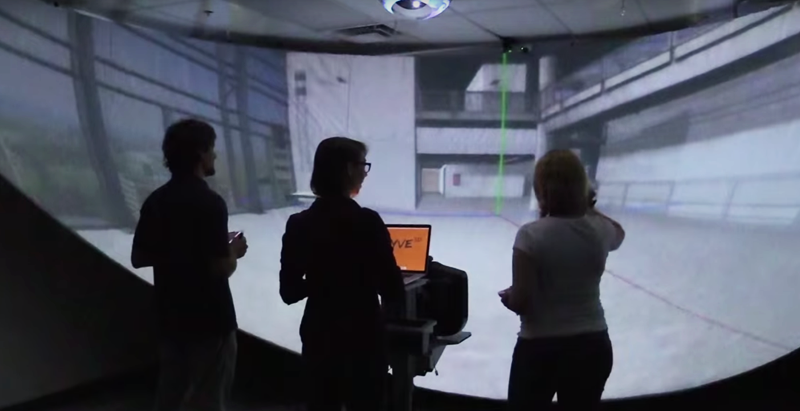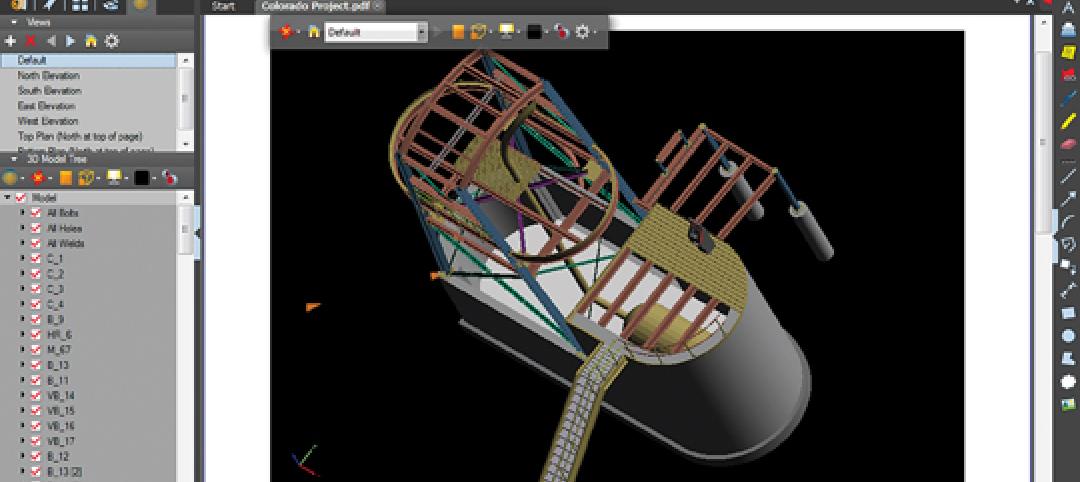The cursor—that small, jumping pixel arrow computer users don’t even notice anymore—are becoming obsolete, especially as touch screens rise. But the developers of Hyve3D are turning it into something new, something that can change how Building Teams collaborate with each other.
"What we've done is evolve the cursor into an avatar for a 3D world," Tomás Dorta, the University of Montreal professor responsible for Hyve3D, told Fast Company. "It's no longer just this little arrow, bouncing around on your desktop. Instead, it can now be a powerful tool for seeing inside and modifying virtual worlds."
What Hyve3D does is give your smartphones access to a program: a game, website, or building imaging program. Using multitouch gestures, users can control whatever they want to drag, grab, click, or drop on the screen in 3D form.
“Within Hyve3D, Dorta says that the 3D cursor allows multiple designers or engineers to interact with a virtual space simultaneously, using their individual smartphones to grab objects, copy and paste them, rotate them, sketch in the air with them, and so on,” the article says.
Fast Company has the full report
Related Stories
| Jul 21, 2011
Bringing BIM to the field
A new tablet device for construction professionals puts 3D data at the fingertips of project managers and construction supervisors.
| May 18, 2011
New Tool Takes PDFs Beyond 2D
Our IT expert puts a new PDF creation package through its paces and sees value for AEC firms that want to move more aggressively into 3D documents.
| May 16, 2011
Dassault Systèmes to distribute Gehry Technologies’ digital project
Dassault Systèmes and Gehry Technologies announced that Gehry Technologies’ Digital Project products will be integrated into the Dassault Systèmes’ portfolio and distributed through Dassault Systèmes. Digital Project is a suite of 3D BIM applications created by Gehry Technologies using Dassault Systèmes’ CATIA as a core modeling engine.
| May 3, 2011
Scott Simpson of KlingStubbins on how to get more value from BIM
Too few AEC professionals have developed a strategic idea of how BIM can and should re-shape professional practices and drive dramatic improvements in both creativity and production, according to Scott Simpson, FAIA, senior director of KlingStubbins. While BIM enables the exploration of design ideas quickly and in new and different ways, it can lead people to think they’re making more progress than they actually are. A simple adjustment in perspective is all it takes to put things right.












